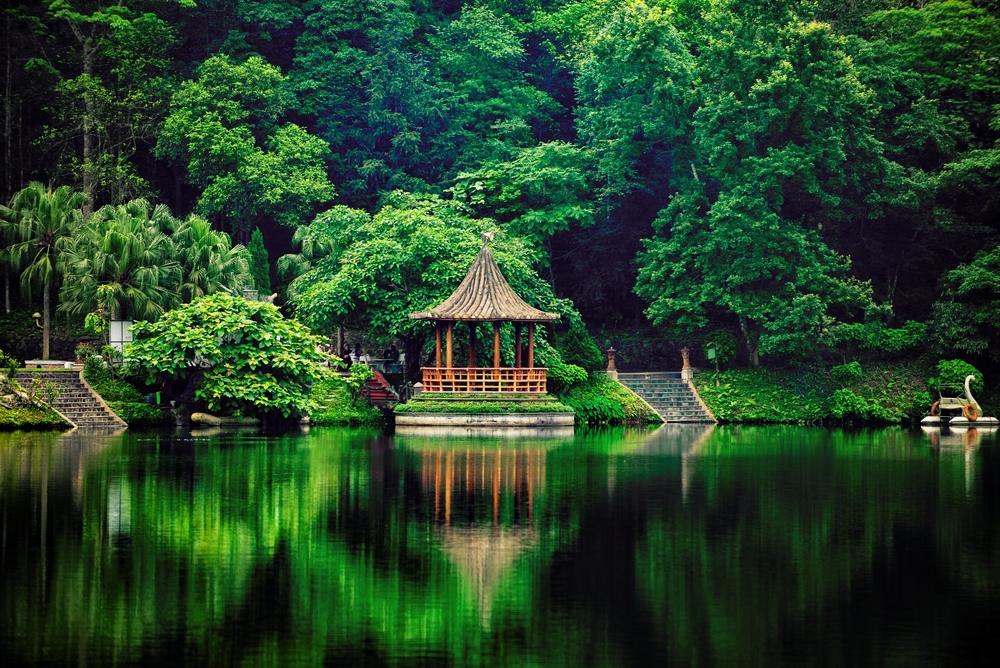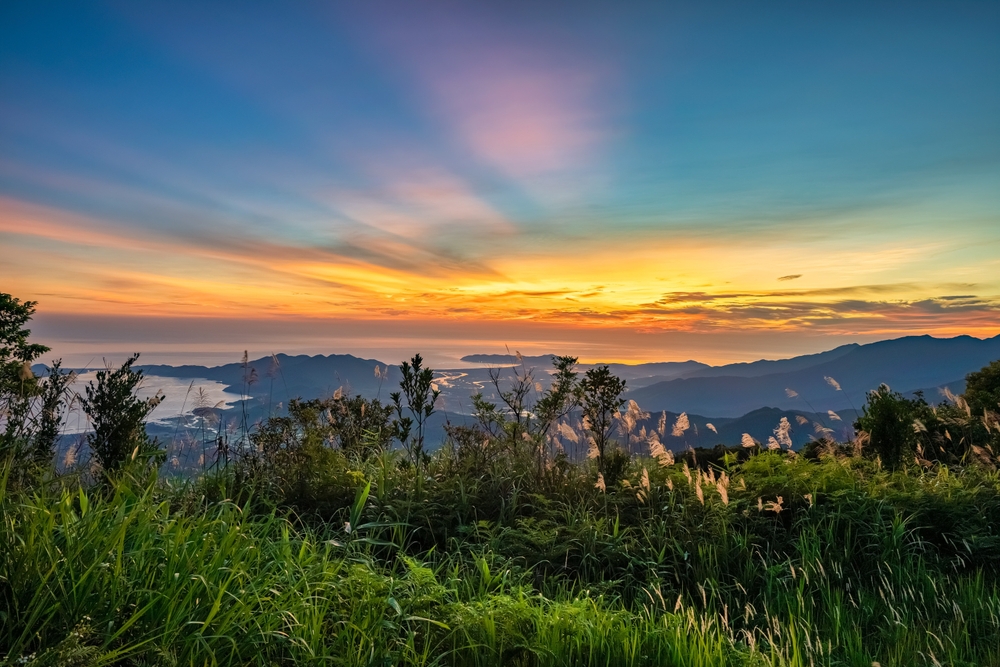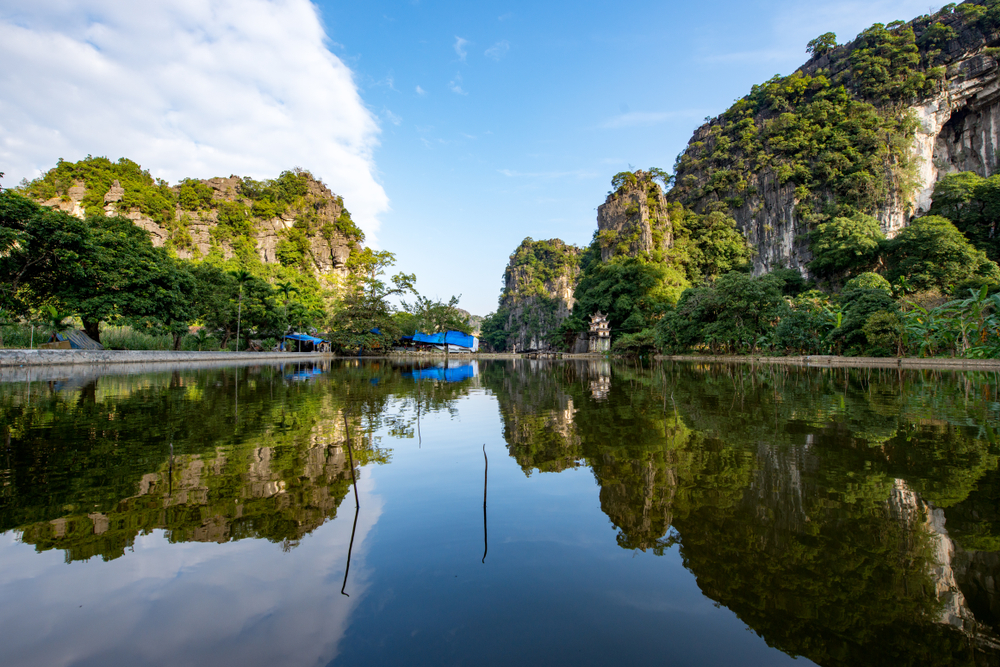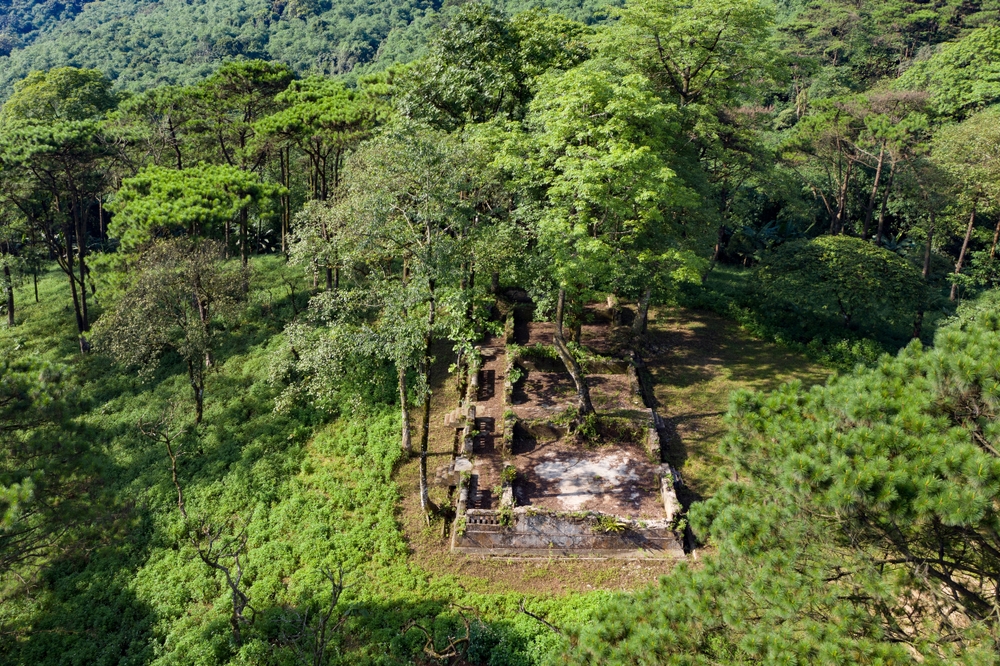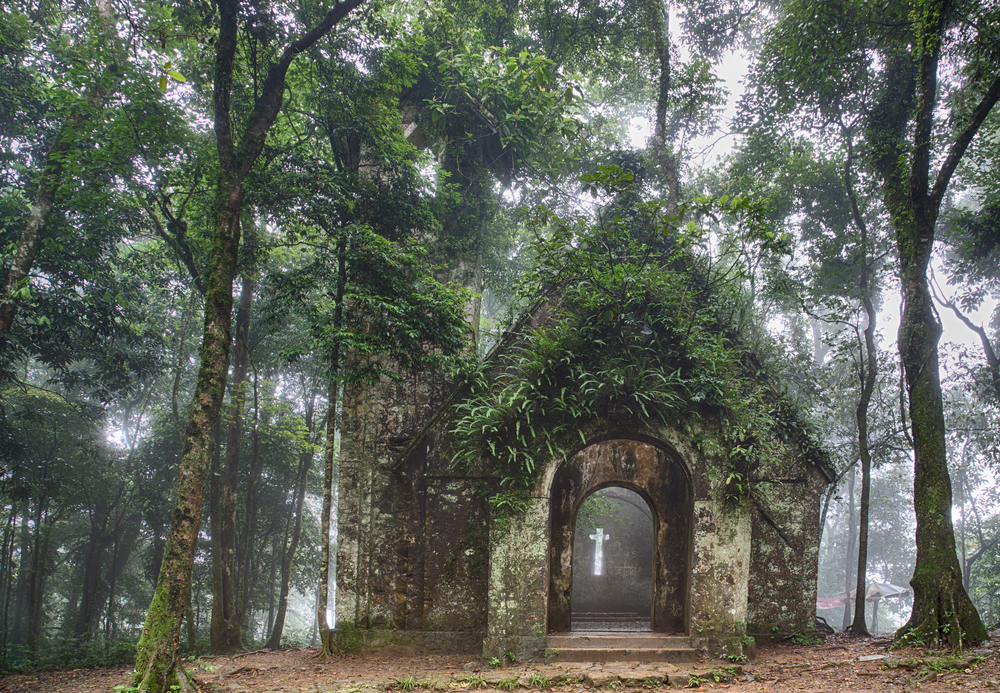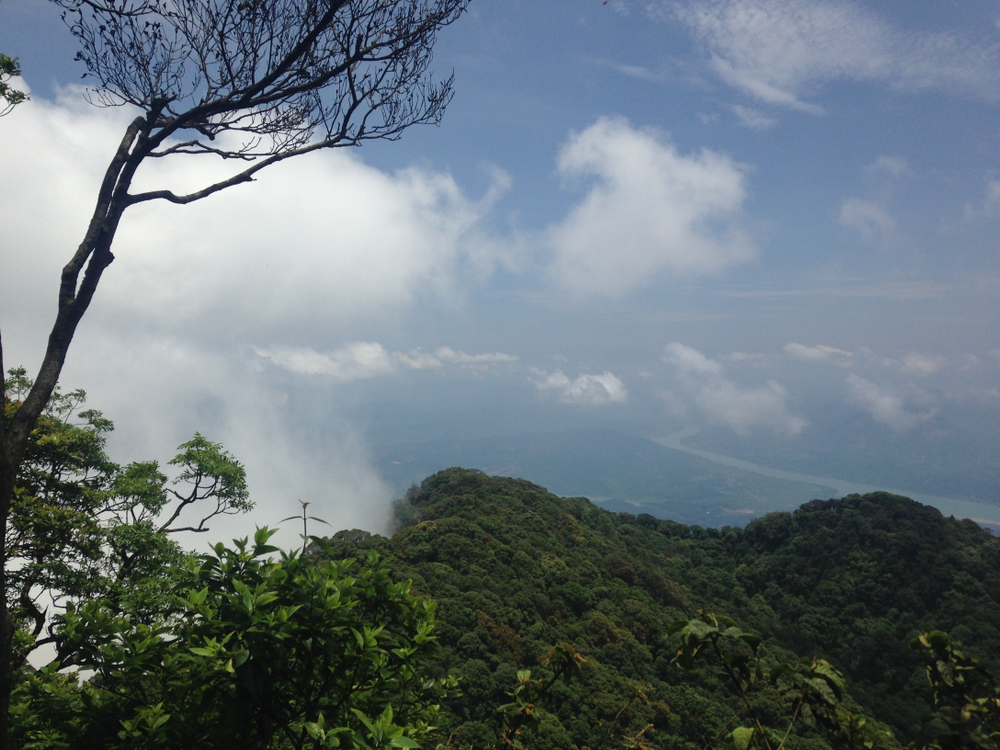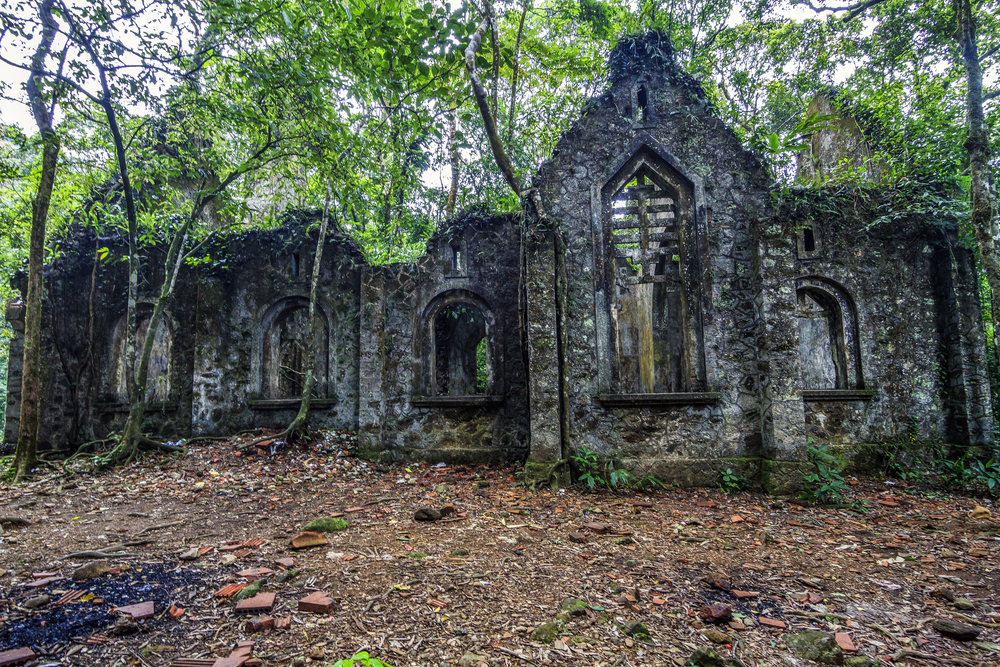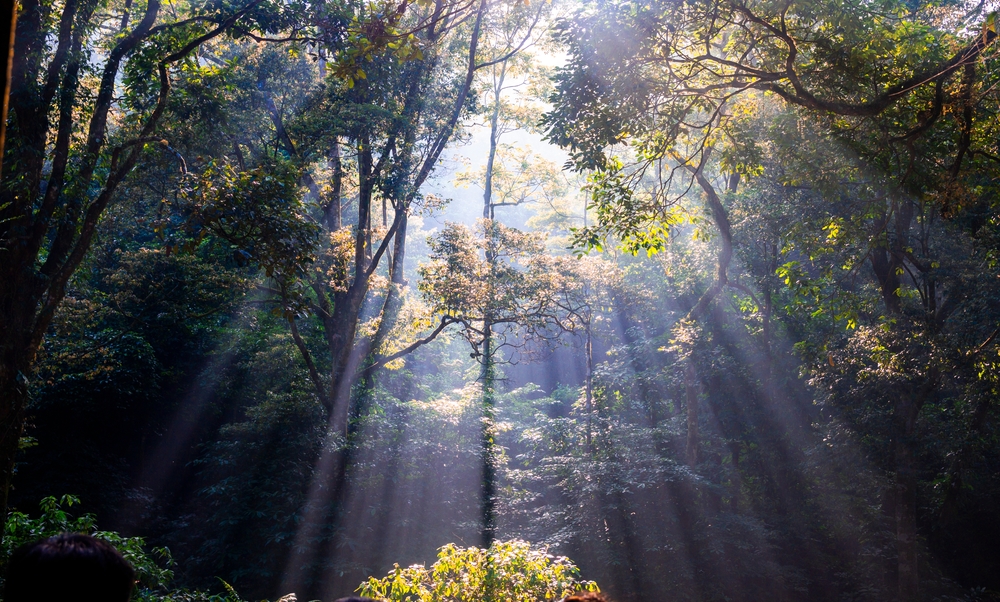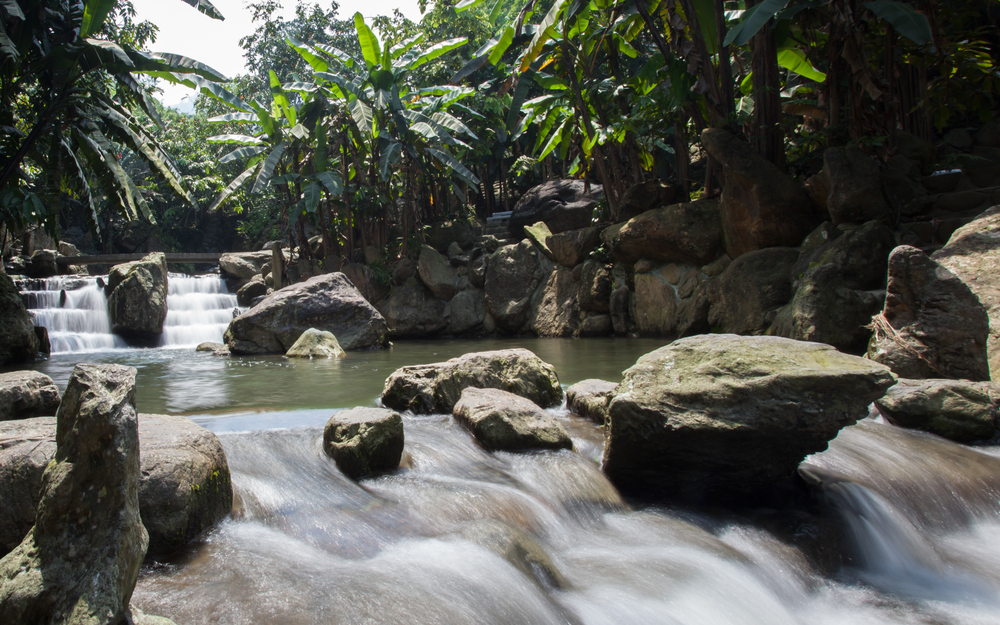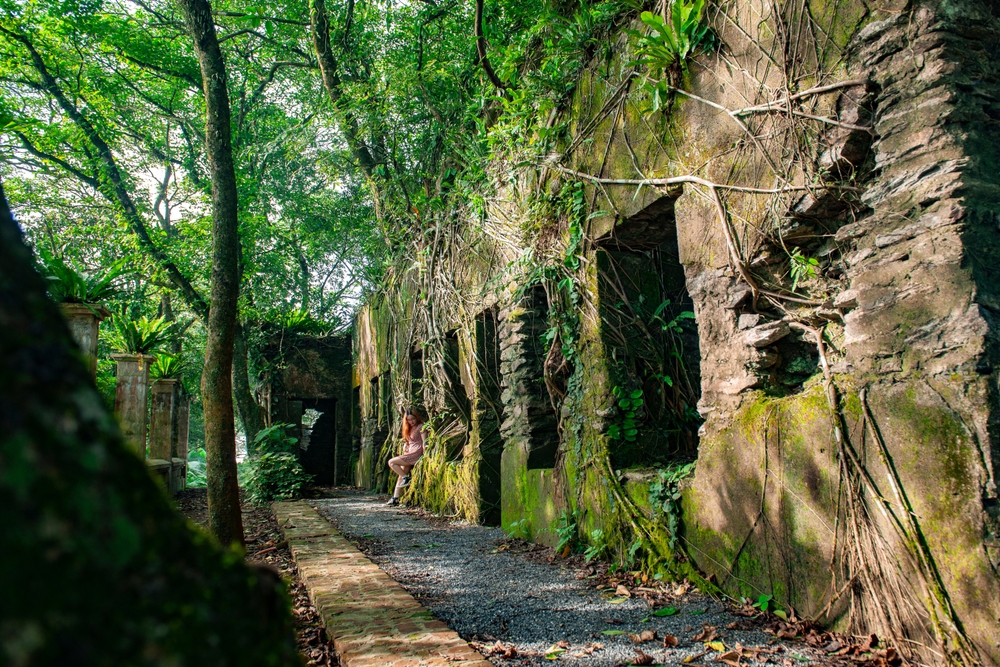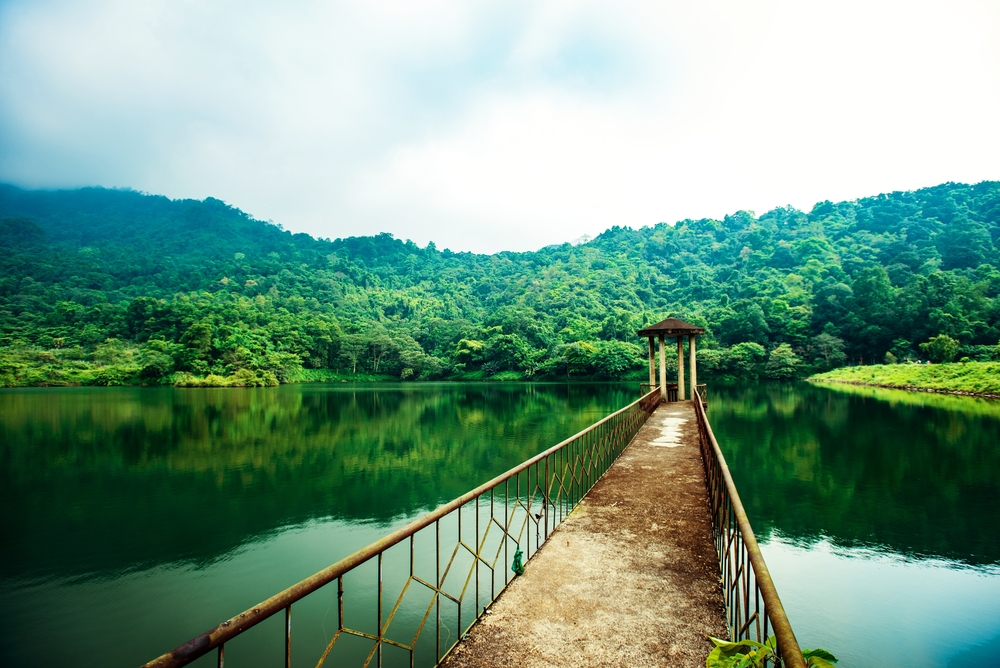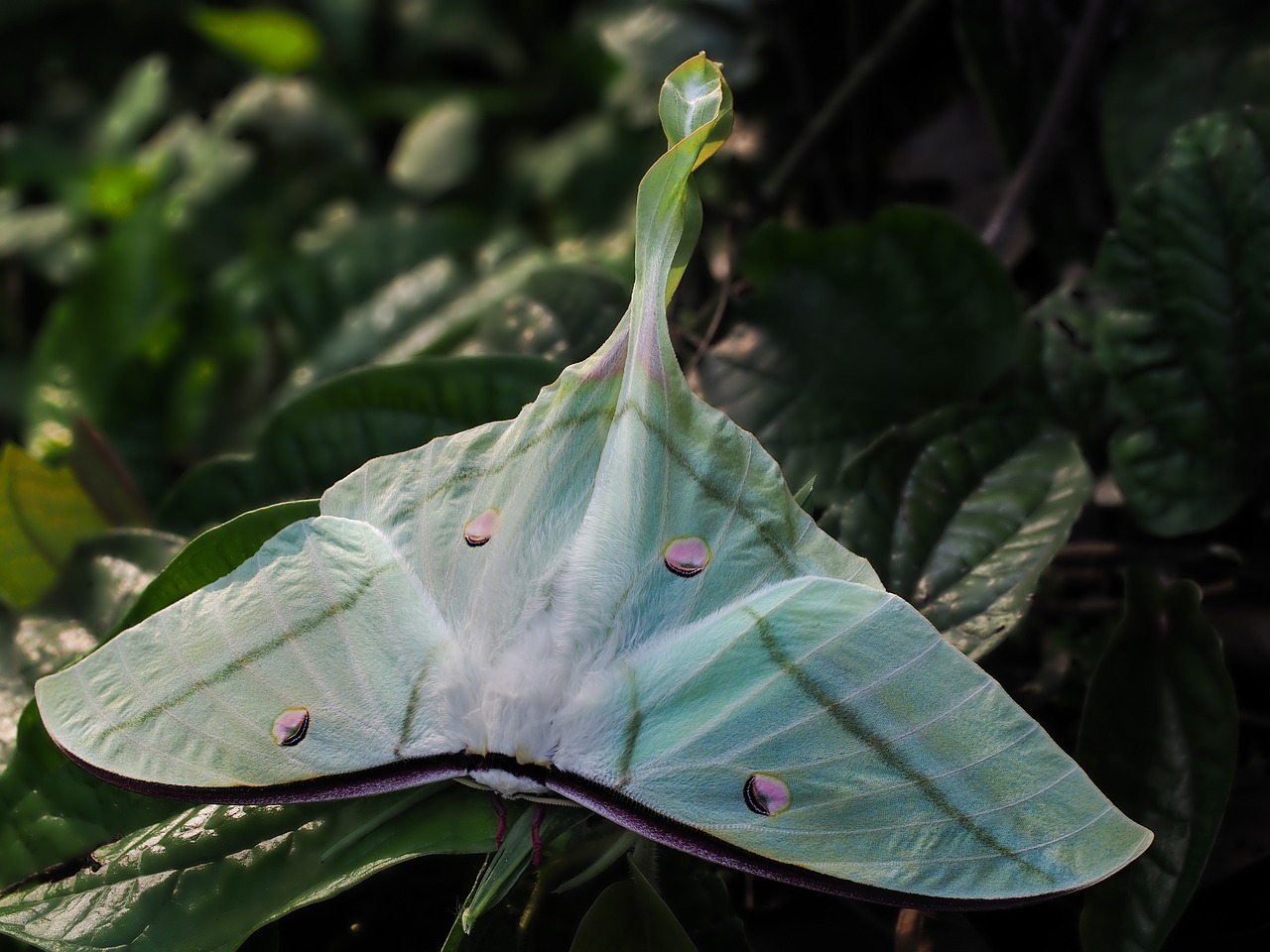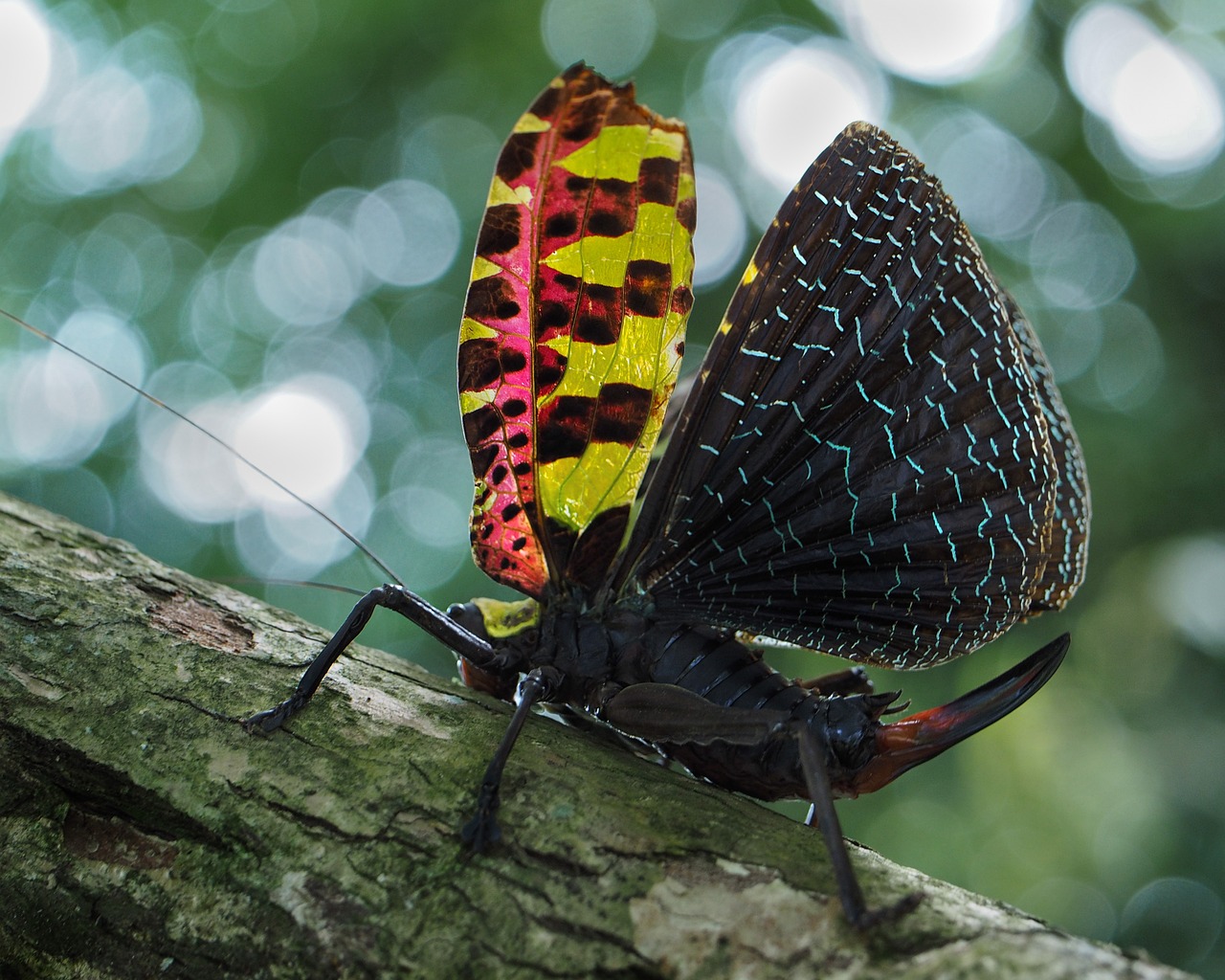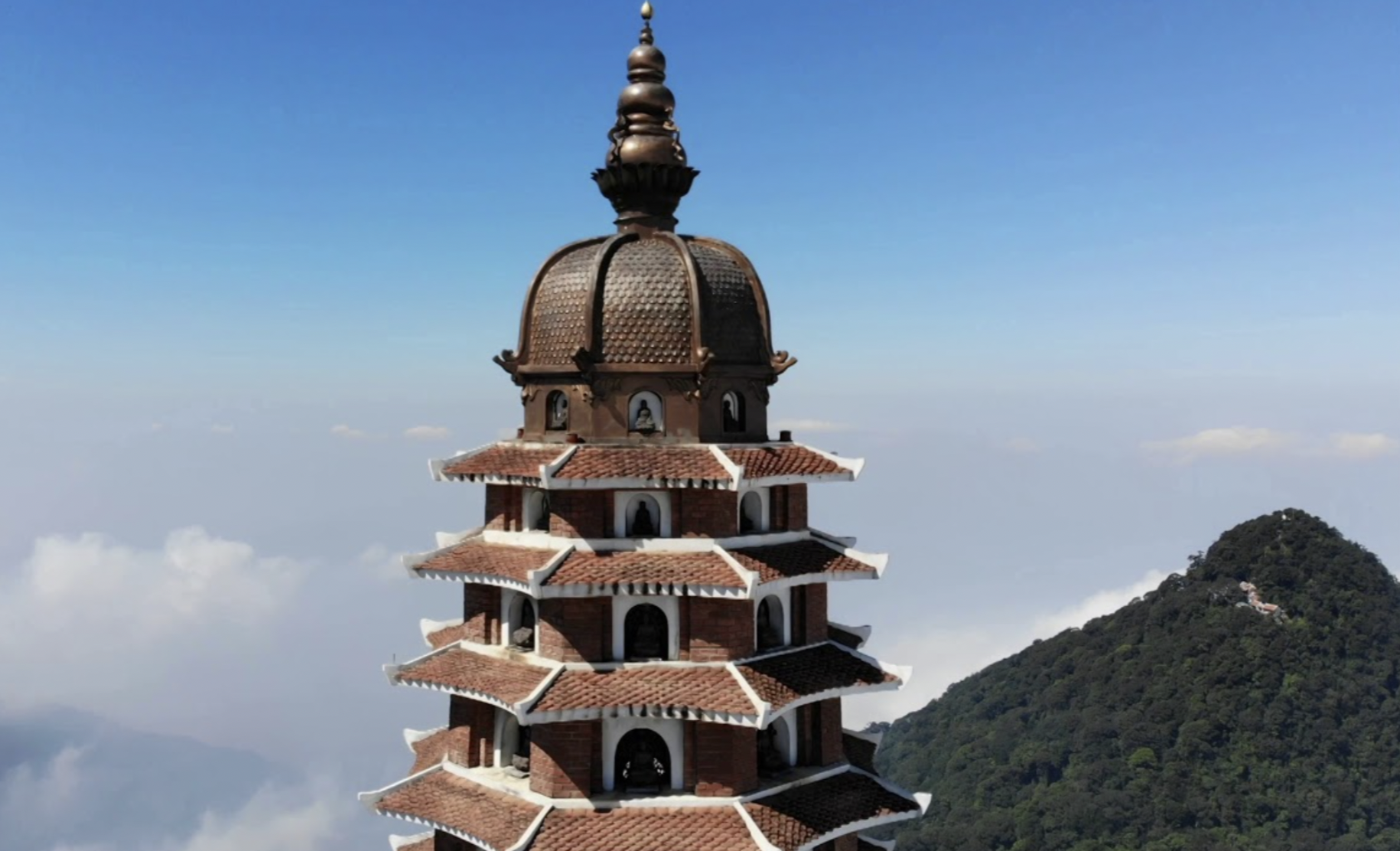Ba Vi National Park is known for its lush tropical forests, diverse flora and fauna, and scenic landscapes. The park encompasses Ba Vi Mountain, a prominent landmark in the region, which rises to an elevation of 1,296 meters (4,252 feet) above sea level.
One of the main attractions of Ba Vi National Park is its rich biodiversity. The park is home to a variety of plant and animal species, including rare and endangered species such as the Delacour’s langur, a type of leaf-eating monkey found only in northern Vietnam.
Another highlight of Ba Vi National Park is its stunning landscapes and panoramic views. From the summit of Ba Vi Mountain, visitors can enjoy sweeping vistas of the surrounding countryside, rice paddies, and distant mountain ranges.
In addition to its natural beauty, Ba Vi National Park also holds cultural significance. At the summit of Ba Vi Mountain, visitors can visit the historic Ba Vi Pagoda, a Buddhist temple dating back to the 11th century. The pagoda offers a peaceful retreat and a chance to learn about Vietnam’s rich religious heritage.
Overall, Ba Vi National Park offers visitors a chance to escape the hustle and bustle of city life and immerse themselves in the tranquility and natural beauty of Vietnam’s countryside. Whether hiking through the forest, admiring the views from the mountain summit, or exploring ancient temples, Ba Vi National Park provides a memorable and enriching experience for nature lovers and cultural enthusiasts alike.








































































